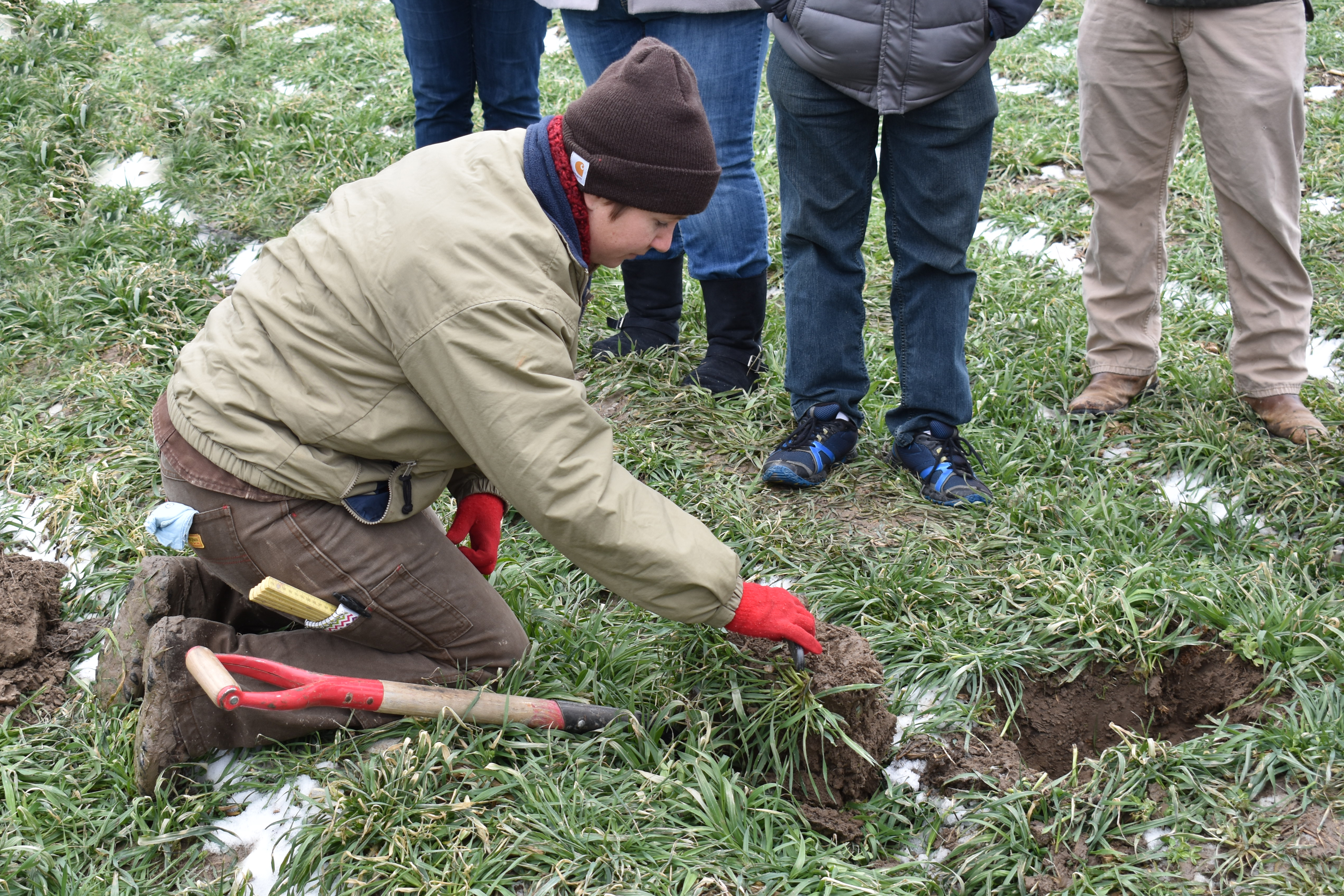Quantifying the Agronomic, Economic, and Environmental Benefits of Cover Crops in Mid-South Production Systems
Project Impacts
This project quantifies the benefits of transitioning from conventional row
crop production practices in the mid-south US to a system that utilizes winter
cover crops and minimizes tillage. The status quo system relies on multiple
tillage passes and bare fields during the winter months. This has led to a
reduction in soil quality due to compaction and a reduction in water quality
due to unabated runoff from agriculture fields. Adoption of conservation
practices has the potential to remediate both situations, but producers are
sensitive to the economic considerations associated with any change in their
farm management. While these practices have demonstrated success in other
regions, few attempts have made to document their efficacy in the mid-South
corn and soybean systems.
We have demonstrated that adaptive management of cover crops in our corn and
soybean production systems under minimal tillage can reduce the yield gap
associated with practice change from conventional to conservation systems.
Reducing the yield gap is essential if we want producers to adopt this
conservation practice because the economic losses can make such practices
unattractive. By making changes to procedures associated with termination of
cover crops and planting of cash crops, we improved the economic return in each
successive year of the project. We also saw decreases in water use, which while
not statistically significant, would however be meaningful to producers.

This project was the catalyst for a series of additional awards in excess of
$2.6M to support similar research efforts in the study region and to extend the
research conducted under this award.
